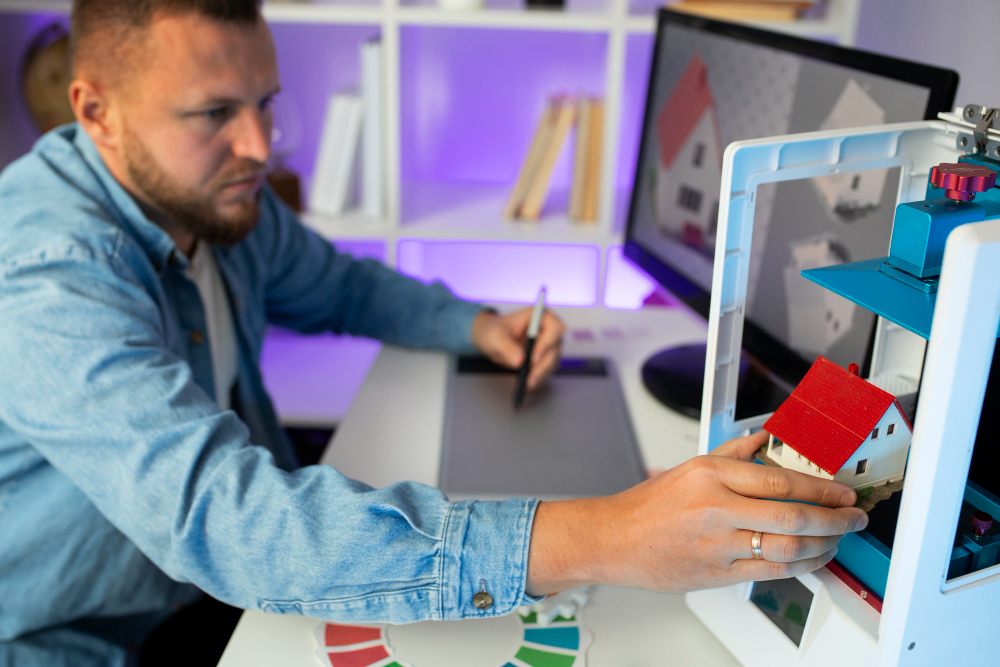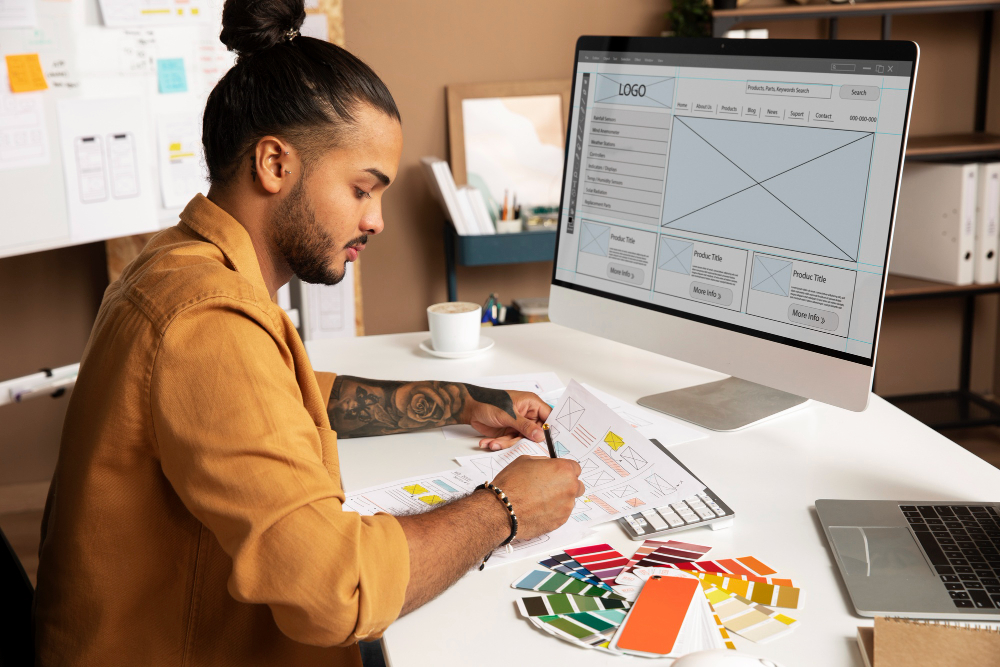Designing for the User: A Guide to User-Centered Design Principles

User-Centered Design (UCD) lies at the heart of creating exceptional user experiences. It involves putting the needs, preferences, and perspectives of users at the forefront of the design process. By prioritizing the user in every decision, UCD leads to intuitive, efficient, and satisfying designs that truly resonate with the target audience.
Understanding the User: Foundation of User-Centered Design
At the core of UCD is a deep understanding of the end-users. By conducting thorough research, designers can uncover valuable insights into user behavior, preferences, and pain points. This knowledge forms the foundation upon which successful designs are built, ensuring that every decision is made with the user in mind.
Importance of User Feedback: Creating Designs that Meet User Needs
User feedback is a goldmine of information for designers. By actively seeking and incorporating feedback throughout the design process, creators can tailor their solutions to match user needs and expectations. This iterative approach leads to designs that are not only functional but also resonate on a personal level with the users.
Evolution of User-Centered Design: From Theory to Practice
Over the years, UCD has transitioned from a theoretical concept to a practical methodology used by industry professionals worldwide. By embracing UCD principles, companies can differentiate themselves in a competitive market by offering products and services that truly prioritize the user experience.

Key Principles of User-Centered Design
-
Empathy: Developing a Deep Understanding of User Perspectives
Empathy is the cornerstone of UCD. By putting themselves in the shoes of the users, designers can gain valuable insights into their needs, motivations, and challenges. This empathetic approach allows creators to develop solutions that are truly tailored to the end-users, resulting in impactful and user-centric designs.
-
Simplicity: Prioritizing Clarity and Ease of Use in Design
Simplicity is key in UCD. By prioritizing clarity and removing unnecessary complexity, designers can create intuitive and easy-to-use products that resonate with users. Simple designs not only enhance usability but also improve overall user satisfaction by reducing cognitive load and friction.
-
Consistency: Establishing Predictable Patterns for User Interaction
Consistency is crucial in UCD. By establishing predictable patterns and design elements, users can easily navigate through products and services without confusion. Consistent interfaces build user trust and familiarity, leading to a more seamless and enjoyable user experience.
Implementing User-Centered Design in Practice
-
Research: Gathering Insights to Inform Design Decisions
By conducting user research, usability tests, and surveys, designers can gather valuable insights that inform design decisions. This data-driven approach ensures that design solutions are based on real user needs and preferences, leading to more effective and impactful outcomes.

-
Collaboration: Involving Users Throughout the Design Process
Collaboration is key in UCD. By involving users in the design process through co-creation sessions, usability workshops, and feedback sessions, designers can ensure that solutions truly meet user needs. This collaborative approach fosters a sense of ownership and engagement among users, leading to designs that resonate on a personal level.
-
Iteration: Continuous Improvement Based on User Feedback
Iteration is a core principle of UCD. By continuously gathering and incorporating user feedback, designers can refine and improve their designs over time. This iterative approach allows creators to adapt to changing user needs and preferences, ensuring that designs remain relevant and effective in the long term.
Measuring Success in User-Centered Design
-
User Satisfaction: Gauging the Effectiveness of Design Solutions
User satisfaction is a key metric in UCD. By measuring user satisfaction through surveys, feedback forms, and usability tests, designers can evaluate the effectiveness of their solutions. High satisfaction levels indicate that designs are resonating with users, leading to increased engagement and loyalty.
-
Task Completion: Assessing the Ease of Use and Efficiency for Users
Task completion is a critical aspect of UCD. By assessing how easily users can accomplish tasks within a design, designers can evaluate usability and efficiency. Smooth task completion indicates that designs are intuitive and user-friendly, contributing to a positive user experience and increased productivity.
-
Accessibility: Ensuring Inclusivity in Design for All Users
Accessibility is a key consideration in UCD. By designing with accessibility in mind, creators can ensure that products and services are usable by all individuals, regardless of abilities or limitations. This inclusive approach not only broadens the reach of designs but also reflects a commitment to equal access and diversity.

User-Centered Design is a powerful methodology that prioritizes the needs, preferences, and perspectives of users in every design decision. By embracing UCD principles such as empathy, simplicity, and consistency, creators can develop products and services that resonate with users on a personal level. Through research, collaboration, and iteration, designers can ensure that their solutions continuously evolve to meet changing user needs and expectations. By measuring success through metrics like user satisfaction, task completion, and accessibility, companies can evaluate the effectiveness of their designs and make informed decisions for the future.
Remember, putting users first is not just a design principle – it's a fundamental mindset that leads to exceptional user experiences and long-term success. Embrace User-Centered Design, and watch your creations come to life in ways you never imagined.
Would you like to upskill your Designing career with us? Check out WDC's membership benefits. Let's create innovative and impactful solutions together!
